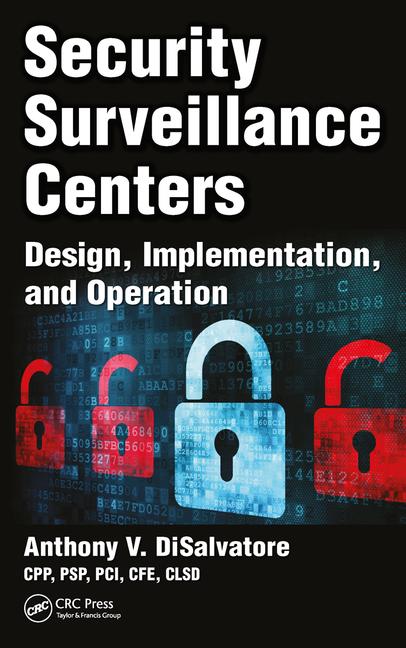Technology Solutions & Skills
NIST Recommends ONVIF Spec as New FBI Standard

ONVIF, the global standardization initiative for IP-based physical security products, announced that its Export File Format, the ONVIF specification for the export of video from security surveillance recording platforms, is the new standard recommended by the National Institute of Standards and Technology (NIST) for the exporting and playback of video surveillance recordings.
In a research project commissioned by the FBI to aid law enforcement in forensic investigations, NIST worked in conjunction with ONVIF to adopt the Export File Format to serve as the FBI’s new minimum interoperability requirements for exporting and sharing video clips, streamlining the playback process of video from different video recording platforms from different vendors. These files are often exported in different proprietary formats, making it difficult for law enforcement to collect, correlate and analyze the video data, as demonstrated by the 2013 Boston Marathon bombing, where more than 120 FBI analysts reviewed in excess of 13,000 videos before discovering key evidence in the footage. The NIST recommendation is published as NISTIR 8161 revision 1, which replaces revision 0.
“This is a major step toward harnessing the massive amounts of video evidence produced by IP-based video surveillance systems that can be available to law enforcement in the event of a major incident, as well as to any user of a video recording system in need of faster and easier access to multiple video files,” said Per Björkdahl, chairman of the ONVIF steering committee. “We were very pleased to offer our expertise, specifically from our technical experts Dr. Hans Busch and Stefan Anderson, and have our work toward interoperability be validated in this way by the global standards and law enforcement communities.”
Further information about ONVIF conformant products, including member companies and their conformant models, is available on the ONVIF website: www.onvif.org.
Looking for a reprint of this article?
From high-res PDFs to custom plaques, order your copy today!









